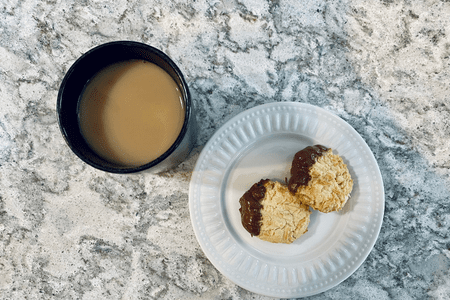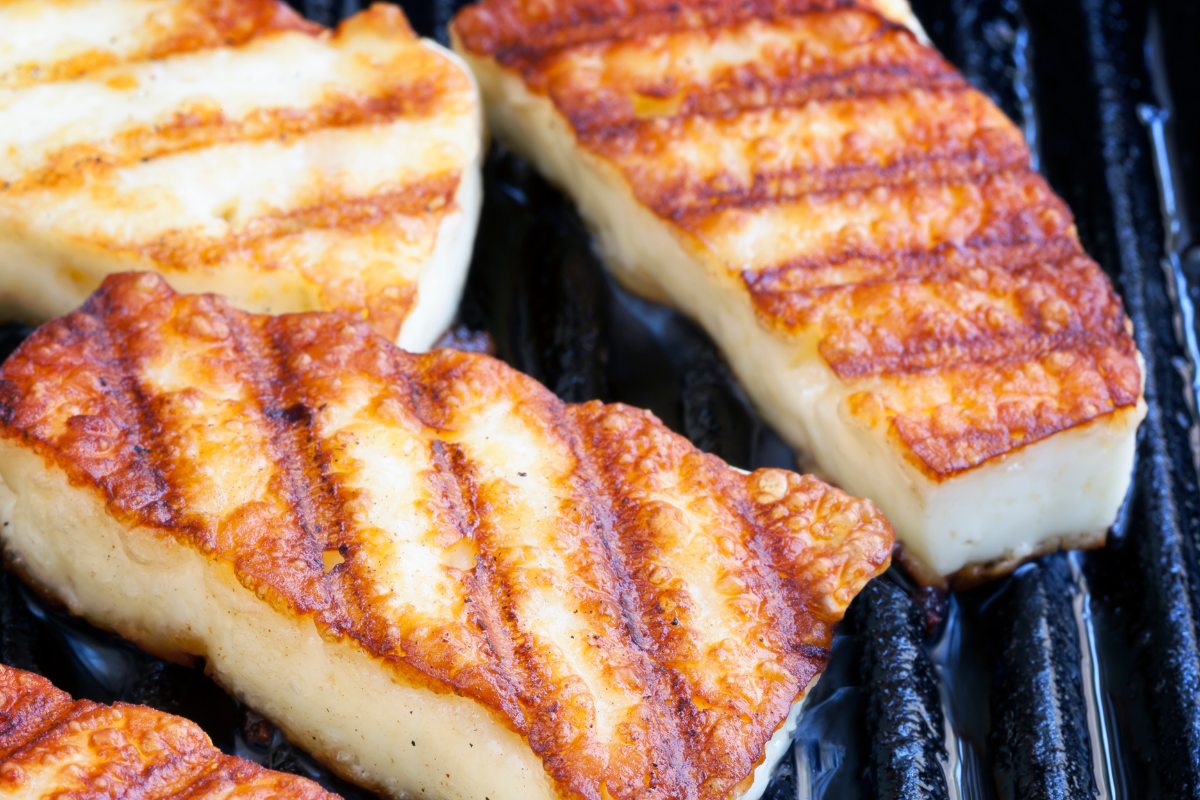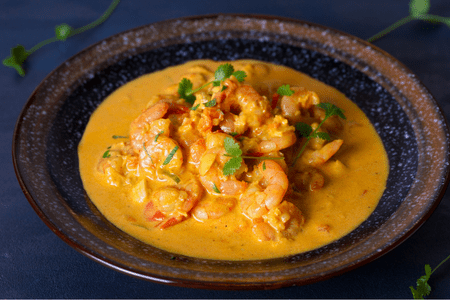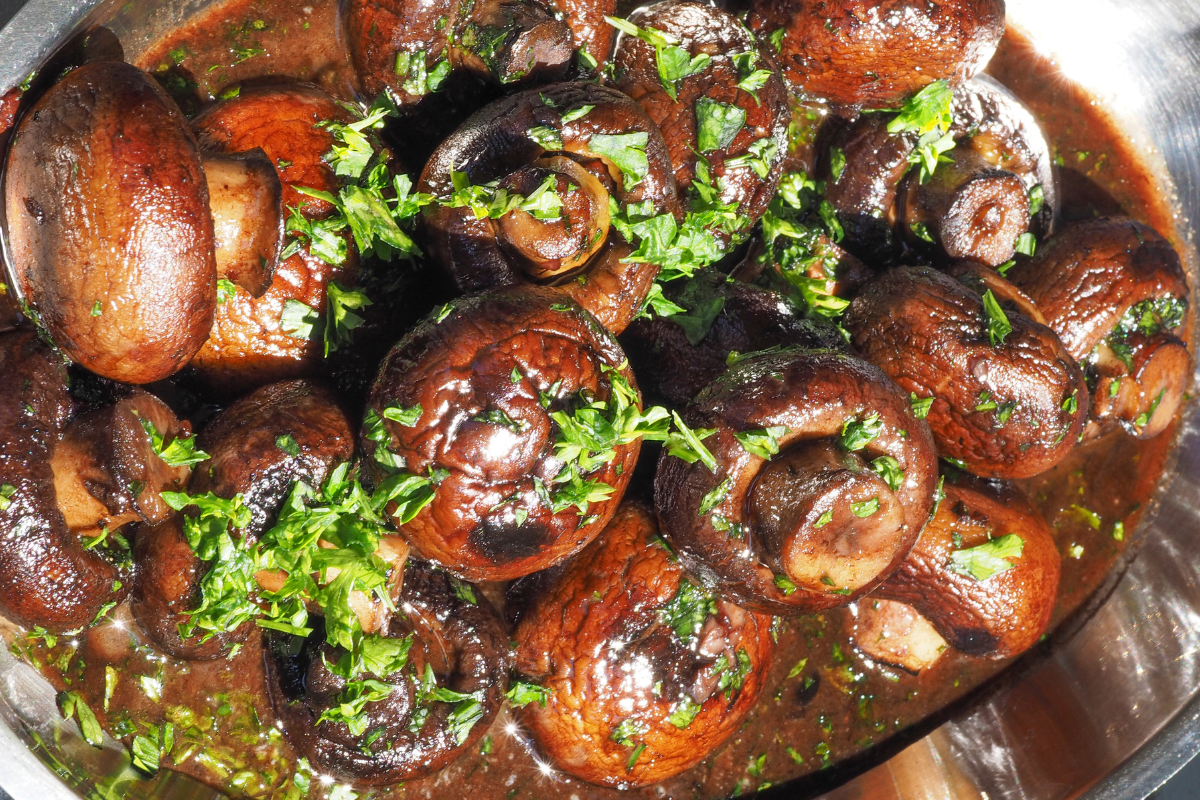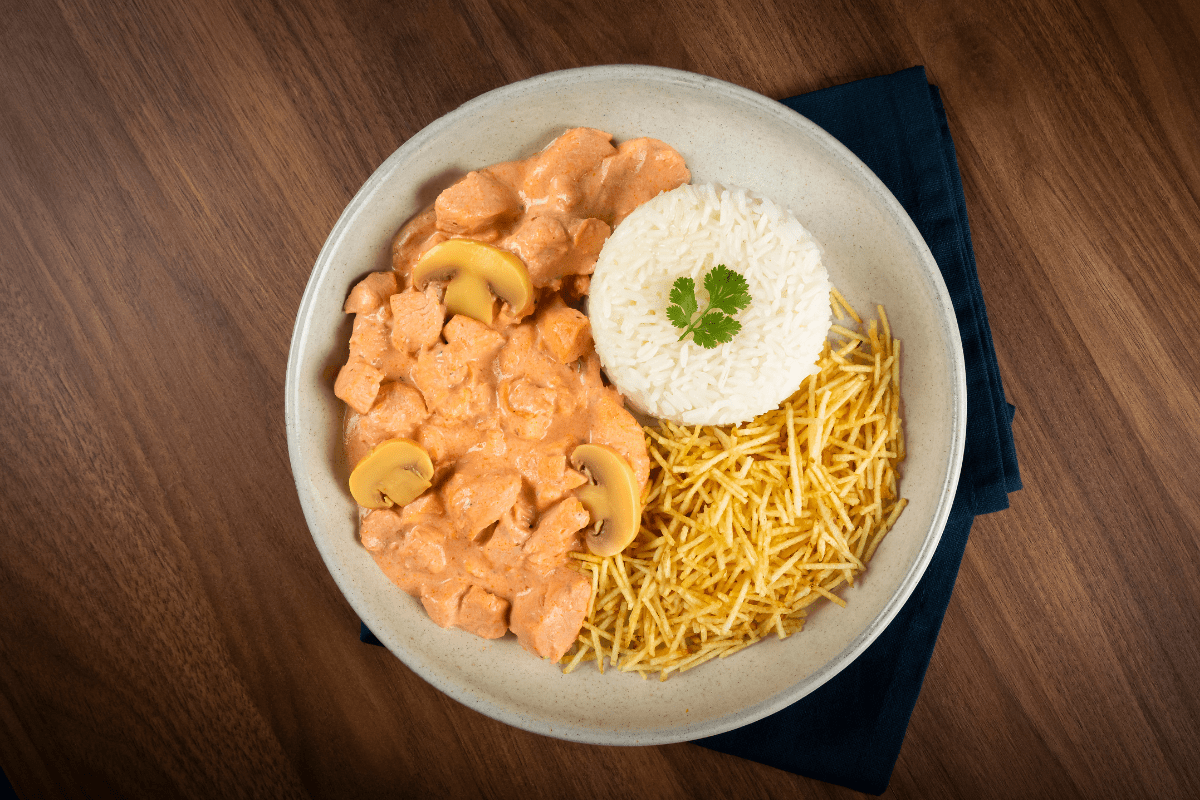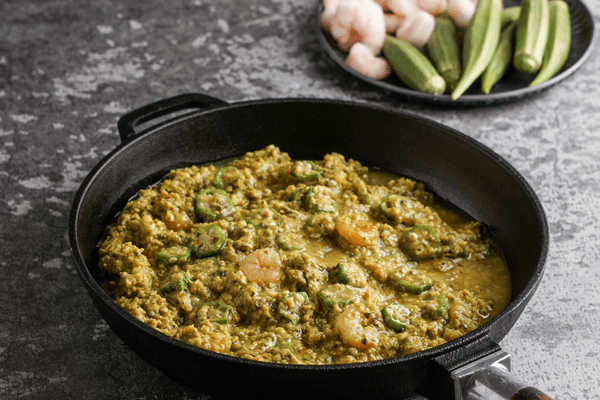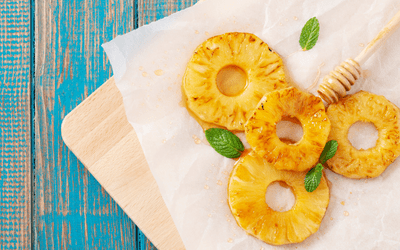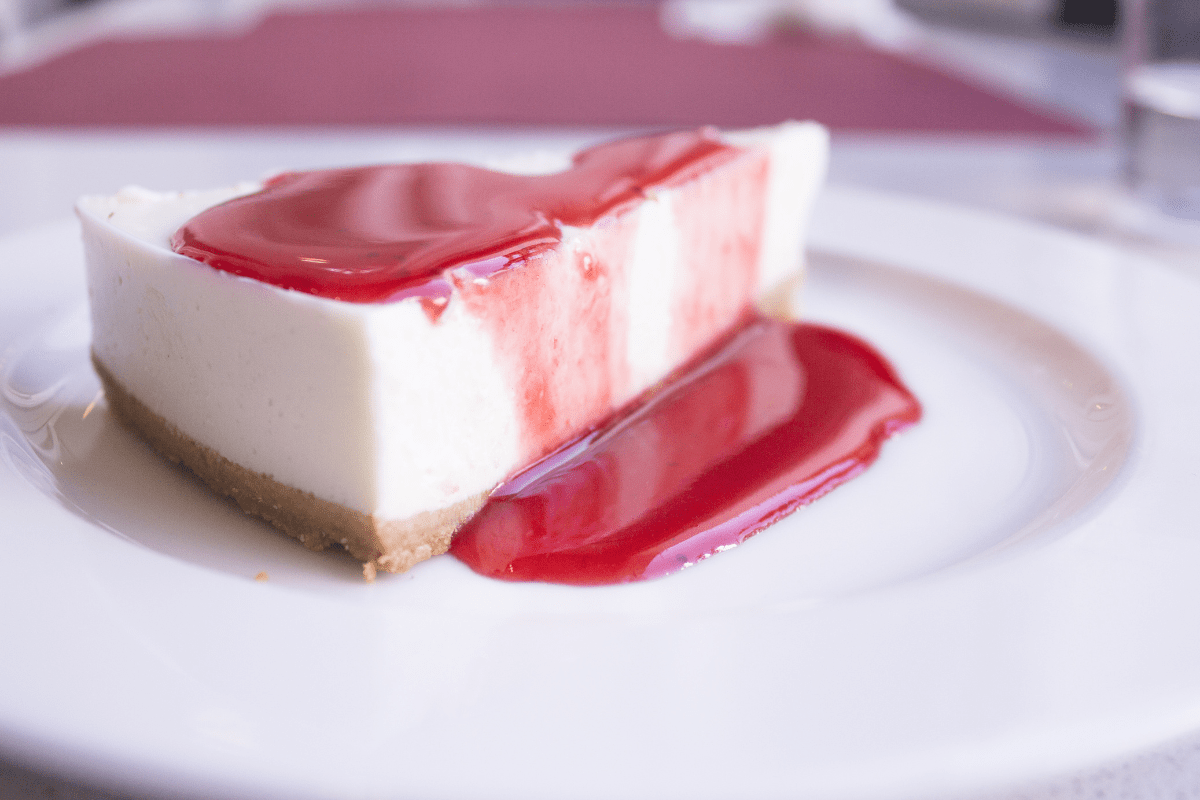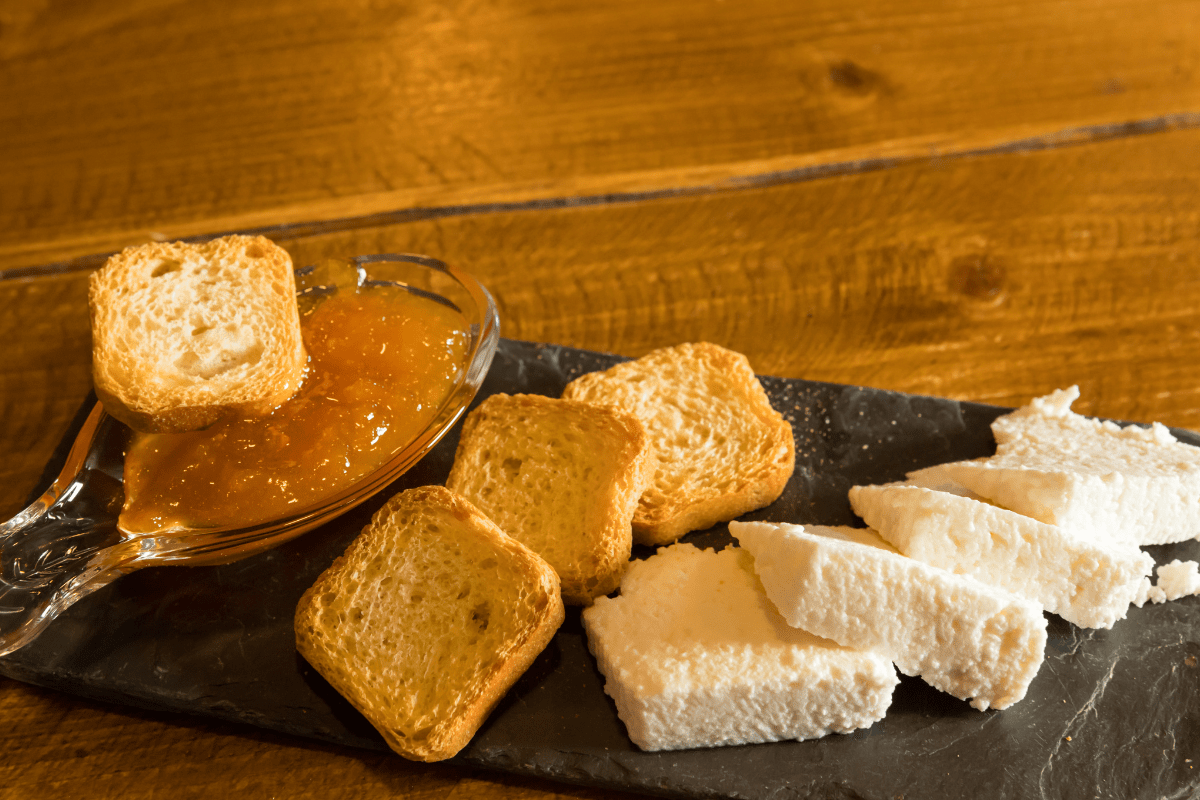Chocolate Coconut Cornstarch Cookies (Sequilhos)
Sequilhos are a popular cookie in Brazil made with cornstarch in lieu of wheat flour. Like many Brazilian desserts, they also incorporate condensed milk. The traditional recipe uses just four simple ingredients. We are going to have a little fun and add some shredded coconut and melted chocolate for flavors similar to a Belgian macaroon. These cornstarch cookies are the perfect accompaniment to an afternoon cup of tea or coffee; and, thanks to their omission of flour, they happen to be naturally gluten free!
What Does Cornstarch Do in a Cookie Recipe?
Wheat flour has gluten, which can become tough and chewy if over mixed. By contrast, the use of cornstarch results in a tender, melt-in-your-mouth texture. It is crumbly, not chewy or snappy. The addition of condensed milk and butter adds to the silky mouthfeel.
Can I Use Tapioca in Place of Cornstarch in a Recipe?
These days, many individuals are concerned about the use of genetically modified versions of popular foods like corn. If this is a concern of yours, you can look for cornstarch that is certified non-GMO, or substitute another vegan flour, such as tapioca. As a thickener, tapioca flour is more efficient than cornstarch. In other words, if you were using it in a sauce or soup, you would need to add about half as much as you would cornstarch.
In the case of our sequilhos, however, you can substitute an equal amount of tapioca flour. We are merely using it as an absorbing agent to create a dough, so it is not necessary to calculate different amounts.
Do Cornstarch Cookies Need to Be Flattened?
Yes. Traditional Sequilhos cornstarch cookies are pressed down once with the back of a fork. Since the dough is dense, this helps the cookies cook evenly and in a uniform, disc shape. If you want, you can press the dough down twice with the fork to mimic the look of American peanut butter cookies.
Can I Use Sugar in Place of Condensed Milk?
Yes, but you may need to experiment with the amount of cornstarch you add. This will also affect the number of cookies you can make. Because you will be reducing the amount of liquid overall, you will likely need to either use less cornstarch or add a little more liquid in the form of water, milk, or cream. The ultimate consistency should be thick enough to roll with your bare hands. Experiment with various amounts to achieve the right texture.
Recipe Cornstarch Cookies With Coconut and Chocolate (Sequilhos)
Ingredients:
2.5 cups cornstarch
6 oz unsalted butter, softened to room temperature
½ cup sweetened condensed milk
1 cup of sweetened, shredded coconut
1 cup semisweet chocolate chips
Directions:
- Preheat the oven to 350 degrees Fahrenheit.
- Mix together the softened butter and condensed milk.
- Add in the cornstarch a half a cup at a time, thoroughly combining each time. Keep in mind that you might not need to add all of the cornstarch. If the dough is thick but not crumbly, you have the right texture. If it is too sticky, add more corn starch.
- Add in 2 tablespoons of the shredded coconut and mix.
- Chill the dough for 30 minutes.
- Remove the dough from the fridge, and roll it into 1 inch balls. Roll each ball in the shredded coconut, then place on a lined baking sheet a couple inches apart.
- Flatten each of the balls by pressing down with the back of a fork. They should be about ½ inch in height.
- Bake for 15-20 minutes until the edges just start to brown.
- Cool cookies on a wire rack for at least ten minutes before you make your chocolate drizzle.
- In a microwave safe bowl, add the semisweet chocolate chips. Microwave on high for thirty second bursts, stirring after each round. Repeat until the chocolate is completely melted.
- Dip each of your cookies on one side into the melted chocolate. Return them to the wire rack to cool. Alternately, use a spoon to drizzle chocolate over the top of the cornstarch cookies.

